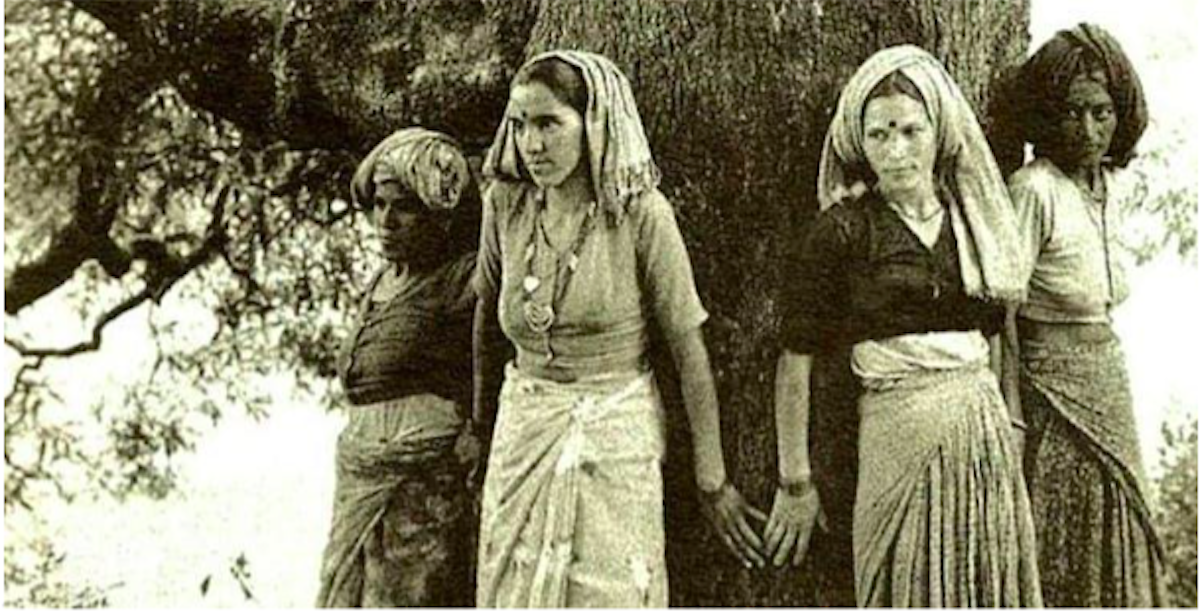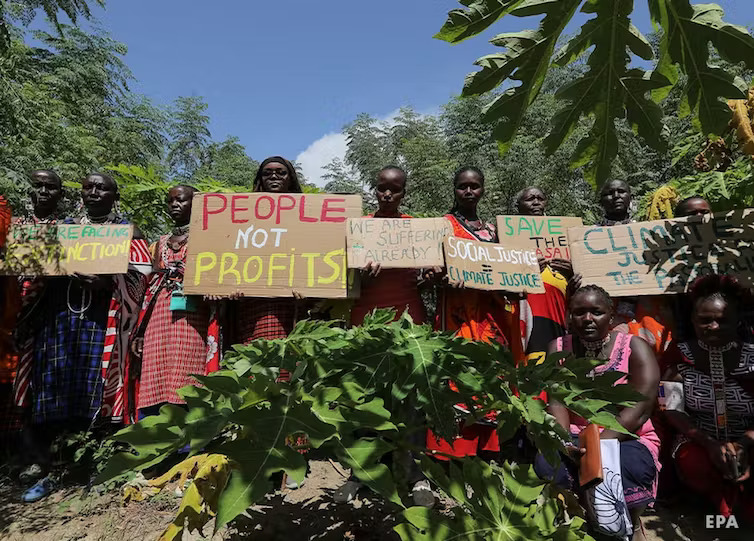This is an opinion piece by Andi Misbahul Pratiwi, PhD candidate at the University of Leeds in England and researcher at the Gender Research Centre of the University of Indonesia.
LEEDS, UK – Climate change has different impacts on men and women, especially in the global South.
These differences are due to patriarchal culture. Women are often not involved in the answer to environmental problems. Too often they are excluded from discussions on solutions to the climate crisis.
Leaving women out of devising environmental solutions puts them in more vulnerable positions. When climate change-related events – such as more extreme weather, forest fires or floods – occur, women and girls bear a heavier burden and experience more severe impacts. Violence against women is also increasing due to global warming.
However, we have to change the narrative that women are mere “victims” of the climate crisis. In reality, women in the countries of the global south also possess the capacity and force to protect the environment. They demonstrate this through a variety of actions, both formal and informal, individual and collective.
Women’s movements in the global South
Historically, women have played an important role in environmental protection in Asian and South American countries.
One example is the Chipko environmental movement in India in the 1970s. Their activity began in 1974, when women and the indigenous community of Reni village fought to save the forest from logging that threatened their livelihood. They acted collectively by protecting and hugging trees for it to make the contractors back down and prevent deforestation. Their struggle went global, having an impact around the world.
 Chipko women surrounding a tree to protect the forest. Image: Arnab Chaudhary / Wikimedia Commons
Chipko women surrounding a tree to protect the forest. Image: Arnab Chaudhary / Wikimedia Commons
During the 1985 Nairobi Conference on the achievements of the UN Decade for Women, the importance of nature conservation and women’s environmental actions was underlined. Testimonies from the Chipko movement and similar women’s movements in other countries were discussed at this conference.
Fighting for change in Mexico and Bolivia
In addition to the Chipko movement, there is a recent example in Zapotalito, a village in the Laguna Chacahua-Pastoria National Park area in southern Mexico.

The author, Andi Misbahul Pratiwi
Zapotalito has suffered a series of environmental problems, including massive fish kills, a dreadful smell of ammonia, and deteriorating air and water quality. This is the result of a dam project and pollution from a lime oil factory.
Well, the women of Zapotalito worked together to clean up the natural channel of the Coaxaca mangrove area. They used shovels and hoes to carry out regular clean-ups in 2016. And even as they struggled for change, they continued their daily routines. They cooked, made tortillas, cleaned houses, looked after children, cared for pets and plants, and fished for their families’ consumption, even in the midst of poor environmental conditions.
On the other hand, the women’s movement in Chiquiacá, Bolivia, has been protecting the Tariquía National Flora and Fauna Reserve from the expansion of oil and gas companies in the area since 2017.
In 2019, they blocked the entrance to the conservation area for a whopping five months to prevent drilling rigs from entering. The women of Chiquiacá also took their protest to the streets, actively preventing any development on their land. What started as a local movement has grown into a powerful collective action that is still going strong and has gained the support of thousands of people in Bolivia.
Chiquiacá women in action in Bolivia.
Indonesian fisherwomen’s leadership
In Indonesia, fisherwomen in Central Java have been working to sustain their community in the face of climate change since 2020. Rising sea levels have increased the risk of flooding in their neighbourhoods, forcing them to take action by collaborating with policy makers, raising awareness and fundraising to build bridges.
Unfortunately, women in these movements often face threats, intimidation and violence. Their enemies have tried to undermine their actions, pointing out that “women should stay quiet at home and do the cooking”.
Some of them have even received death threats.
Yet despite these challenges, they continue their struggle to protect their land.
Growing global recognition
The above stories demonstrate that women are capable of making a difference in environmental activism, from their homes and communities to the national stage.
The international community is also increasingly recognising their efforts. Since the 1990s, more and more international policies have emphasised gender as a crucial element in nature conservation and sustainable development.
For example, the 1992 Rio Declaration on Environment and Development recognises the vital role of women in environmental and development management.
The Beijing Platform for Action, established in 1995, is a resolution supporting gender equality and the empowerment of women worldwide.
The reports of the High-Level Intergovernmental Meeting on the Beijing Platform for Action in Asia and the non-violent Pacific highlight the critical link between environmental change and women’s role as managers and providers of natural resources.
There is also the 2004 UN Convention to Combat Desertification, which underlines the crucial role of women in drought-affected areas, particularly in rural regions of developing countries.
Recent United Nations Framework Convention on Climate Change (UNFCCC) documents highlight the critical role of local women’s movements and indigenous women in shaping climate policies and actions.
Numerous policies also promote women’s participation in the sustainable development agenda, although unfortunately not all countries adopt them.
Better solutions through women’s participation
Despite being severely affected by environmental damage, women continue to demonstrate their resilience and knowledge for it to make a difference in tackling climate change.
To empower women’s activism, governments around the world should formulate policies that integrate the role of women into conservation and sustainable development strategies within their own nations.
Women marching for climate justice in Jakarta in 2017. Image: Indonesian civil society network for climate justice.
It is also crucial to document women’s activism. Both government and social measures are essential to avoid oversimplifying women’s experiences in various countries and to move beyond the narrative that portrays them solely as victims.
Having women in mind is a first step towards finding new and better solutions to environmental problems. The Conversation
This article was originally published in The Conversation.
VR: EG






